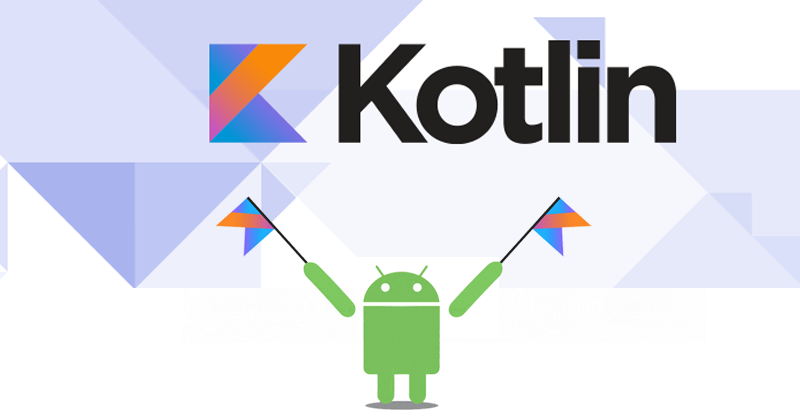Kotlin Extension Function
In this article, you will learn to extend a class with new functionality using extension functions.
Suppose, you need to extend a class with new functionality. In most programming languages, you either derive a new class or use some kind of design pattern to do this.
However, in Koltin, you can also use extension function to extend a class with new functionality. Basically, an extension function is a member function of a class that is defined outside the class.
For example, you need to use a method to the String class that returns a new string with first and last character removed; this method is not already available in String class. You can use extension function to accomplish this task.
Example: Remove First and Last Character of String
fun String.removeFirstLastChar(): String = this.substring(1, this.length - 1)
fun main(args: Array<String>) {
val myString= "Hello Everyone"
val result = myString.removeFirstLastChar()
println("First character is: $result")
}When you run the program, the output will be:
First character is: ello Everyon
Here, an extension function removeFirstLastChar() is added to the String class.
The class name is the receiver type (String class in our example). The this keyword inside the extension function refers the receiver object.

If you need to integrate Kotlin on the top of Java project, you do not need to modify the whole code to Koltin. Just use extension functions to add functionalities.
Python Example for Beginners
Two Machine Learning Fields
There are two sides to machine learning:
- Practical Machine Learning:This is about querying databases, cleaning data, writing scripts to transform data and gluing algorithm and libraries together and writing custom code to squeeze reliable answers from data to satisfy difficult and ill defined questions. It’s the mess of reality.
- Theoretical Machine Learning: This is about math and abstraction and idealized scenarios and limits and beauty and informing what is possible. It is a whole lot neater and cleaner and removed from the mess of reality.
Data Science Resources: Data Science Recipes and Applied Machine Learning Recipes
Introduction to Applied Machine Learning & Data Science for Beginners, Business Analysts, Students, Researchers and Freelancers with Python & R Codes @ Western Australian Center for Applied Machine Learning & Data Science (WACAMLDS) !!!
Latest end-to-end Learn by Coding Recipes in Project-Based Learning:
Applied Statistics with R for Beginners and Business Professionals
Data Science and Machine Learning Projects in Python: Tabular Data Analytics
Data Science and Machine Learning Projects in R: Tabular Data Analytics
Python Machine Learning & Data Science Recipes: Learn by Coding
R Machine Learning & Data Science Recipes: Learn by Coding
Comparing Different Machine Learning Algorithms in Python for Classification (FREE)
Disclaimer: The information and code presented within this recipe/tutorial is only for educational and coaching purposes for beginners and developers. Anyone can practice and apply the recipe/tutorial presented here, but the reader is taking full responsibility for his/her actions. The author (content curator) of this recipe (code / program) has made every effort to ensure the accuracy of the information was correct at time of publication. The author (content curator) does not assume and hereby disclaims any liability to any party for any loss, damage, or disruption caused by errors or omissions, whether such errors or omissions result from accident, negligence, or any other cause. The information presented here could also be found in public knowledge domains.

